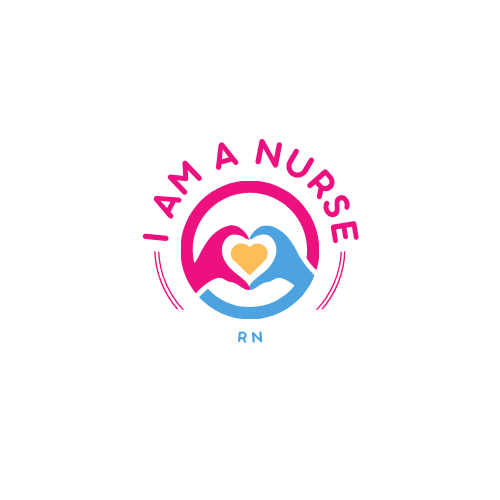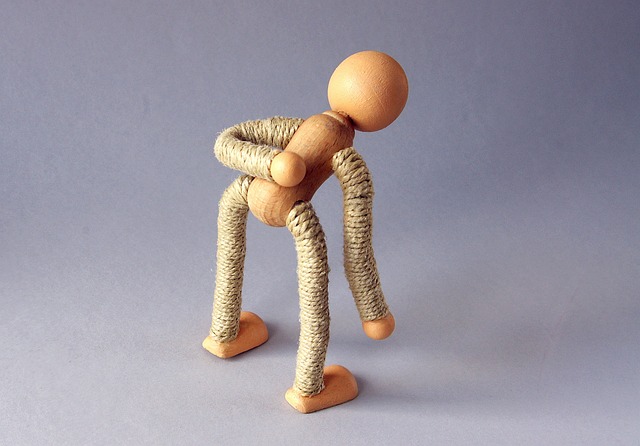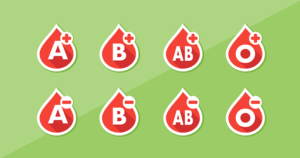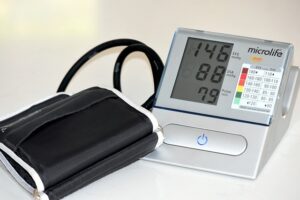As someone who has suffered from upper back pain, I know how debilitating it can be. It can make even the simplest tasks, like sitting at a desk or carrying groceries, feel unbearable. That’s why I’ve taken the time to research and compile a list of effective ways to cure backache. In this article, I’ll cover the causes of upper back pain, common symptoms, and ways to prevent and treat it.
Understanding Upper Back Pain
The upper back consists of the thoracic spine, which is made up of 12 vertebrae that connect to the rib cage. Upper back pain is a common condition that can range from mild to severe. It can be caused by a variety of factors, including poor posture, muscle strain, injury, or underlying medical conditions.
Upper back pain can also be classified into two categories: acute and chronic. Acute upper back pain is sudden and typically lasts for a few days to a few weeks. Chronic upper back pain is ongoing and can last for several months or even years.
Causes of Upper Back Pain
There are many causes of upper back pain, including poor posture, muscle strain, injury, or underlying medical conditions. Poor posture is one of the most common causes of upper back pain. When we slouch or hunch over, it puts strain on the muscles and ligaments in the upper back, leading to pain and discomfort.
Muscle strain is another common cause of upper back pain. This can occur from overuse, such as lifting heavy objects or participating in sports that require repetitive motions. Injury to the upper back, such as a sprain or strain, can also cause pain and discomfort.
Underlying medical conditions, such as arthritis or herniated discs, can also cause upper back pain. In rare cases, upper back pain may be a symptom of a more serious condition, such as cancer or a heart attack.
Common Symptoms of Upper Back Pain
The symptoms of upper back pain can vary depending on the cause and severity of the pain. Some common symptoms include:
- Pain or stiffness in the upper back
- Muscle spasms or tightness
- Limited range of motion
- Headaches
- Numbness or tingling in the arms or hands
If you experience any of these symptoms, it’s important to seek treatment to prevent the pain from worsening.
The Impact of Poor Posture on Upper Back Pain
As mentioned earlier, poor posture is a common cause of upper back pain. When we slouch or hunch over, it puts strain on the muscles and ligaments in the upper back, leading to pain and discomfort.
To improve your posture and prevent upper back pain, it’s important to be mindful of your posture throughout the day. Make sure to sit up straight at your desk, keep your shoulders back and relaxed, and avoid hunching over your phone or computer screen.
Home Remedies for Relieving Upper Back Pain
There are several home remedies that can help relieve upper back pain. These include:
- Applying heat or cold to the affected area
- Massaging the upper back muscles
- Taking over-the-counter pain medication, such as ibuprofen or acetaminophen
- Doing gentle stretches and exercises to strengthen the upper back muscles
If your upper back pain is severe or persists for more than a few days, it’s important to seek medical attention.
Exercises to Strengthen the Upper Back Muscles
Strengthening the muscles in your upper back can help prevent and alleviate upper back pain. Here are some exercises you can do to strengthen your upper back muscles:
- Seated Rows: Sit on the edge of a chair with your feet flat on the ground. Hold a resistance band or weights in front of you with your arms extended. Pull the band or weights toward your chest, squeezing your shoulder blades together. Repeat for 10-15 reps.
- Superman: Lie face down on the ground with your arms and legs extended. Lift your arms, legs, and chest off the ground, squeezing your upper back muscles. Hold for 10-15 seconds, then release. Repeat for 10-15 reps.
- Wall Angels: Stand with your back against a wall and your feet shoulder-width apart. Raise your arms to shoulder height, keeping them against the wall. Slowly slide your arms up and down the wall while maintaining contact with the wall. Repeat for 10-15 reps.
Stretching Exercises for Relieving Upper Back Pain
Stretching can also help alleviate upper back pain by improving flexibility and reducing muscle tension. Here are some stretches you can do to relieve upper back pain:
- Cat-Cow Stretch: Begin on your hands and knees with your wrists directly under your shoulders and your knees directly under your hips. Inhale and arch your back, lifting your head and tailbone toward the ceiling. Exhale and round your spine, bringing your chin to your chest and tucking your tailbone under. Repeat for 10-15 reps.
- Shoulder Blade Squeeze: Sit or stand with your arms at your sides. Squeeze your shoulder blades together, holding for 5-10 seconds. Release and repeat for 10-15 reps.
- Arm Across Chest Stretch: Stand or sit with your arms at your sides. Bring your right arm across your chest and place your left hand on your right elbow. Hold for 10-15 seconds, then switch sides and repeat.
Professional Treatments for Upper Back Pain
If your upper back pain is severe or persists for more than a few days, it’s important to seek professional treatment. A healthcare provider can help determine the underlying cause of your pain and recommend appropriate treatment options.
Some professional treatments for upper back pain include:
- Physical therapy
- Chiropractic care
- Massage therapy
- Acupuncture
- Prescription medication
Treating Specific Types of Upper Back Pain
There are several types of upper back pain that may require specific treatment. Here are some common types of upper back pain and how they can be treated:
- Lower Left Back Pain: This type of upper back pain may be caused by a herniated disc or muscle strain. Treatment options may include physical therapy, chiropractic care, or prescription medication.
- Pain in Back of Knee: Upper back pain that is accompanied by pain in the back of the knee may be caused by a herniated disc or sciatica. Treatment options may include physical therapy, chiropractic care, or prescription medication.
- Pain in Lower Right Back: This type of upper back pain may be caused by a herniated disc or muscle strain. Treatment options may include physical therapy, chiropractic care, or prescription medication.
- Pain in Lower Left Back: This type of upper back pain may be caused by a herniated disc or muscle strain. Treatment options may include physical therapy, chiropractic care, or prescription medication.
Prevention Tips for Avoiding Upper Back Pain
Preventing upper back pain is key to avoiding the discomfort and limitations it can cause. Here are some tips to help prevent upper back pain:
- Practice good posture
- Stretch and exercise regularly
- Take frequent breaks when sitting or standing for long periods
- Avoid lifting heavy objects or participating in activities that require repetitive motions
- Use ergonomic furniture and equipment, such as a supportive office chair or a standing desk
- Get a comfortable and supportive mattress
Choosing the Right Mattress for Back Pain Relief
A comfortable and supportive mattress can help alleviate upper back pain. When choosing a mattress, look for one that provides adequate support for your spine and allows your shoulders and hips to sink in slightly.
Some of the best mattresses for back pain relief include:
- Memory foam mattresses
- Hybrid mattresses
- Latex mattresses
When to Seek Medical Attention for Upper Back Pain
If your upper back pain is severe or persists for more than a few days, it’s important to seek medical attention. Additionally, if your upper back pain is accompanied by any of the following symptoms, seek medical attention immediately:
- Difficulty breathing
- Chest pain
- Numbness or tingling in the arms or hands
- Loss of bladder or bowel control
Conclusion
Upper back pain can be a debilitating condition that affects many people. Fortunately, there are several ways to prevent and treat upper back pain, including practicing good posture, stretching and exercising regularly, and seeking professional treatment when needed. By following these tips and taking care of your spine, you can say goodbye to upper back pain and enjoy a pain-free life.
Don’t let upper back pain hold you back from living your best life. Try incorporating these tips into your daily routine to prevent and treat upper back pain. If your pain persists, seek professional medical attention to find the best treatment option for you.



